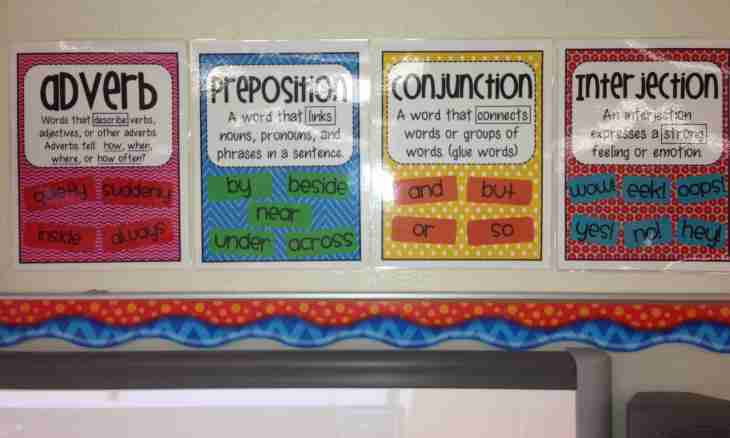The unions are an auxiliary part of speech. They are urged to connect simple sentences in difficult and also homogeneous parts as a part of a simple sentence. On the structure the unions are divided into simple and compound, and on the functions – on coordinating and subordinative.
What unions happen
The word "union" is a calque from Latin "conjunction" - it is an unchangeable function word which is formal means of connection of syntactic units.
Honor of some compound unions ("not only … but also", "as … and") are at different homogeneous parts of the sentence or in the different offers which are a part of difficult.
Consisting of one words unions are called simple: "and", "and", "but", "or", "yes", "as", "or" "that", "as if". And the unions representing a combination of significant and trivial words are compound. For example: "meanwhile as", "that is", "as soon as", "in spite of the fact that", "in view of the fact that", "while", "as" also others.
The unions are subdivided into coordinating and subordinative. Coordinative conjunctions transfer the equal, independent relations between homogeneous parts of a simple sentence or parts of difficult. For example: "The house stood on the height, and the wide look opened from there". In this offer the coordinative conjunction "also" connects 2 simple sentences as a part of difficult. And in the offer: "The breeze, ceased, woke up again" - the union "…" connects homogeneous parts of the sentence. Subordinating conjunctions transfer the unequal, dependent relations between parts of a compound sentence. For example: "We wanted (what?) that the spring came rather" (complement clause). Or: "The book will appear (under what condition?) if it is accepted by publishing house" (conditional clause).
Types of coordinative and subordinating conjunctions
Doing morphological analysis of the union, it is necessary to specify its value and morphological features (coordinating or subordinative; an unchangeable word) and also to designate its syntactic role.
Coordinative conjunctions are subdivided on: 1) Connecting which treat "and", "yes", "not only … but also", "as … and". For example: "Both yesterday, and today it is snowing". 2) Adversative: "but", "and", "yes" (in value "but"), "but", "however". For example: "We are in different countries born, but all of us do not want war!" 3) Dividing, the unions "or", "or", "…", "not … not treat this group". For example: "On the right, the rumble of the falling trees was heard at the left". In turn, subordinating conjunctions share on: 1) Temporary: "when", "before", "so far", "only". For example: "We still slept when the phone call sounded". 2) Izjyasnitelnye, treat to this group: "that", "that", "as" also others. For example: "He said that he was visited by the friend".3) Causal: "as", "because", "that". "As the sun sat down, became is chilly".4) Conditional: "if", "time", "how soon", "whether", "if". For example: "If you only wanted if you only knew". 5) Concessive: "though", "in spite of the fact that". "Though already there came morning, the city still fell down". 6) Target: "that", "in order that". For example: "To fall in love with music, it is necessary to listen to it".

